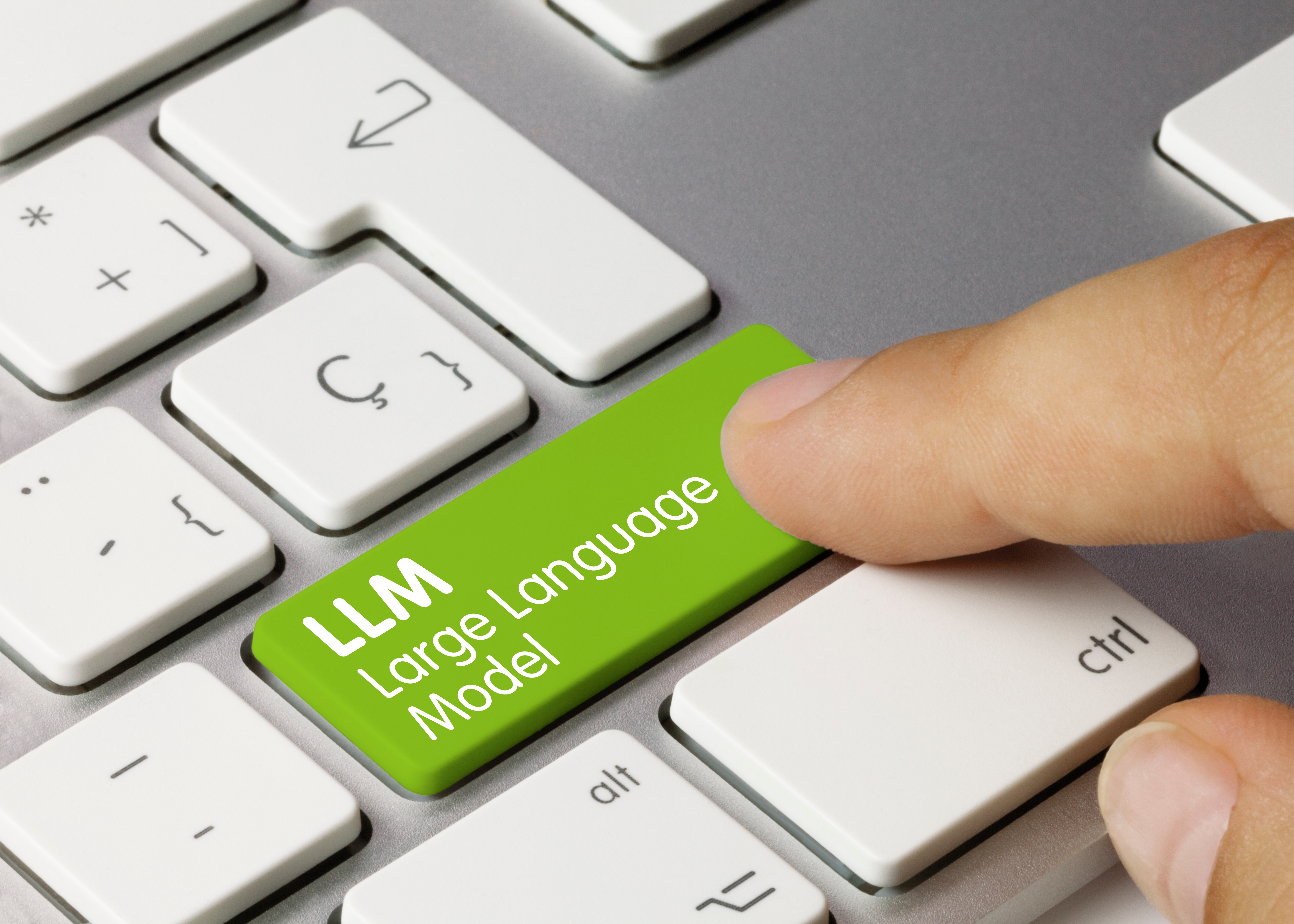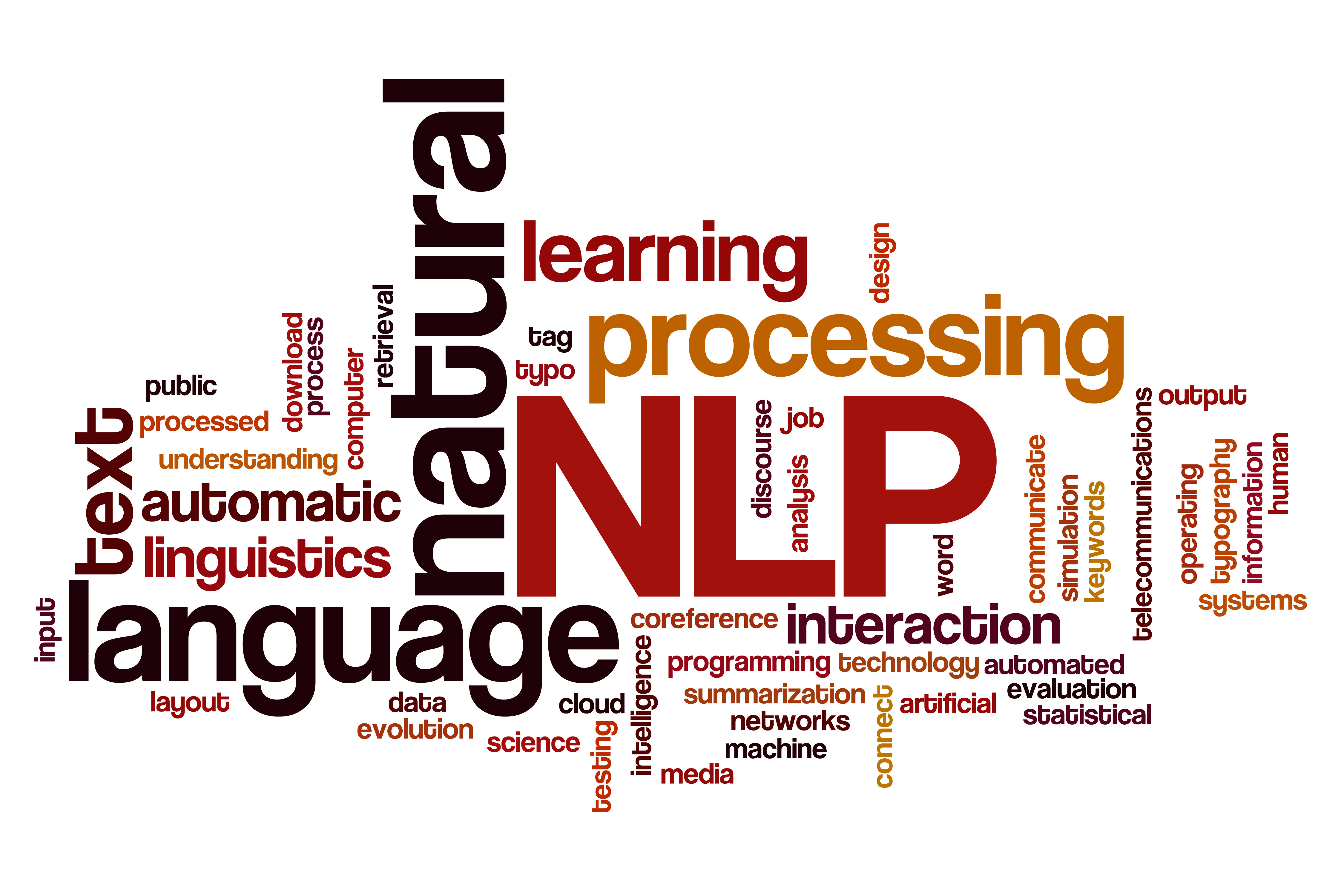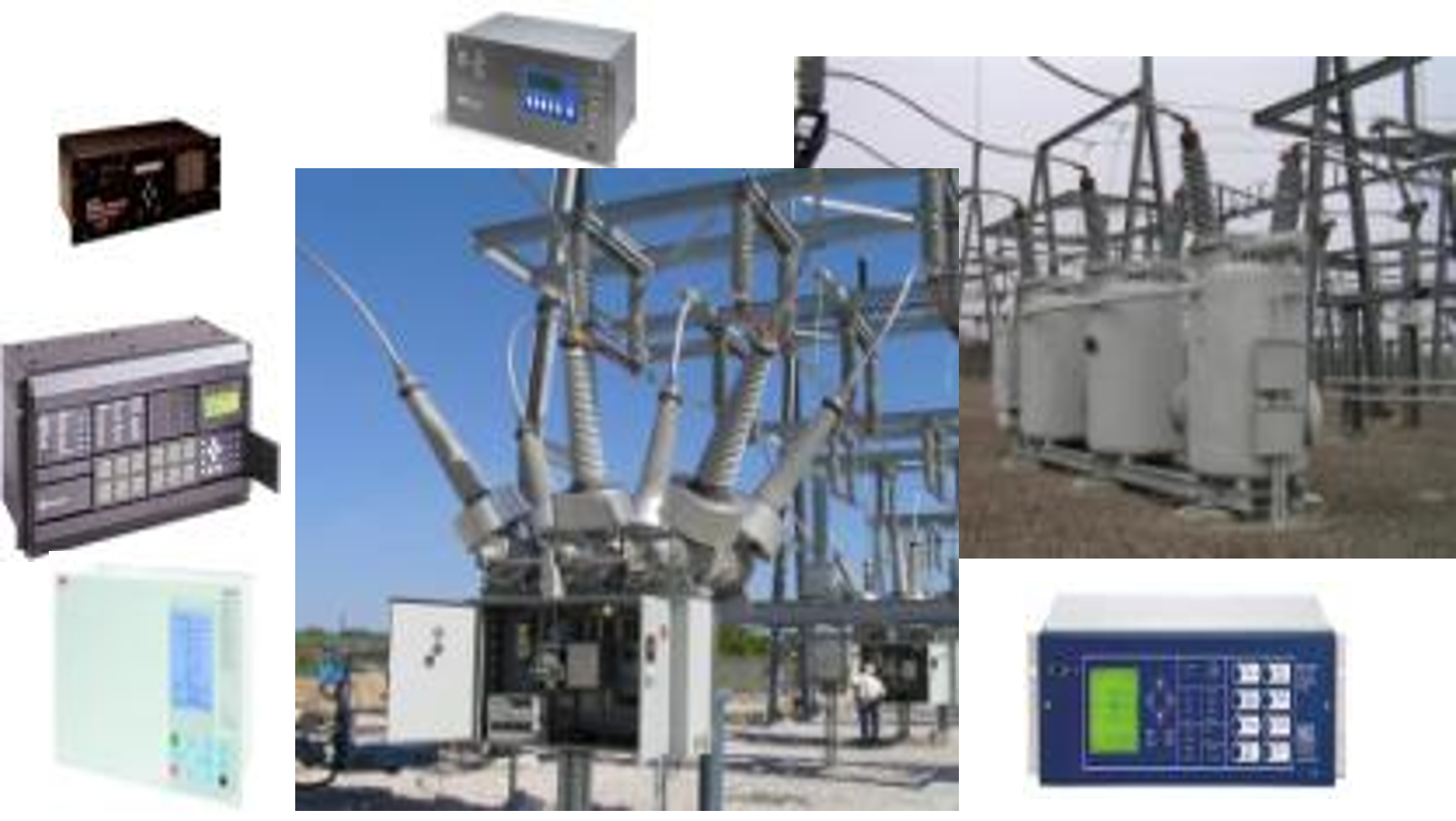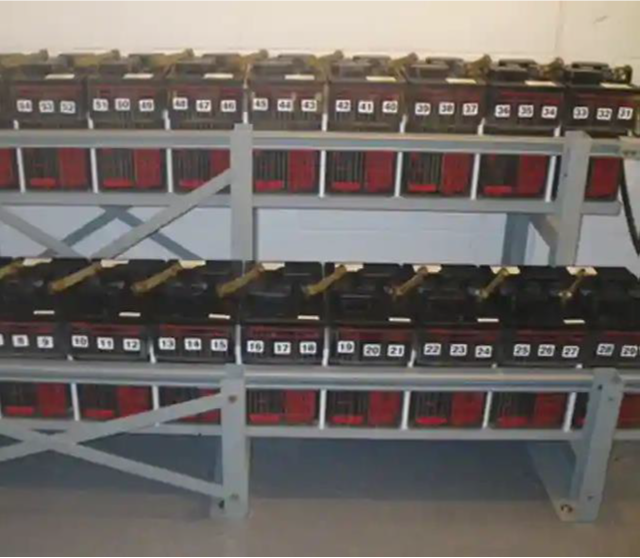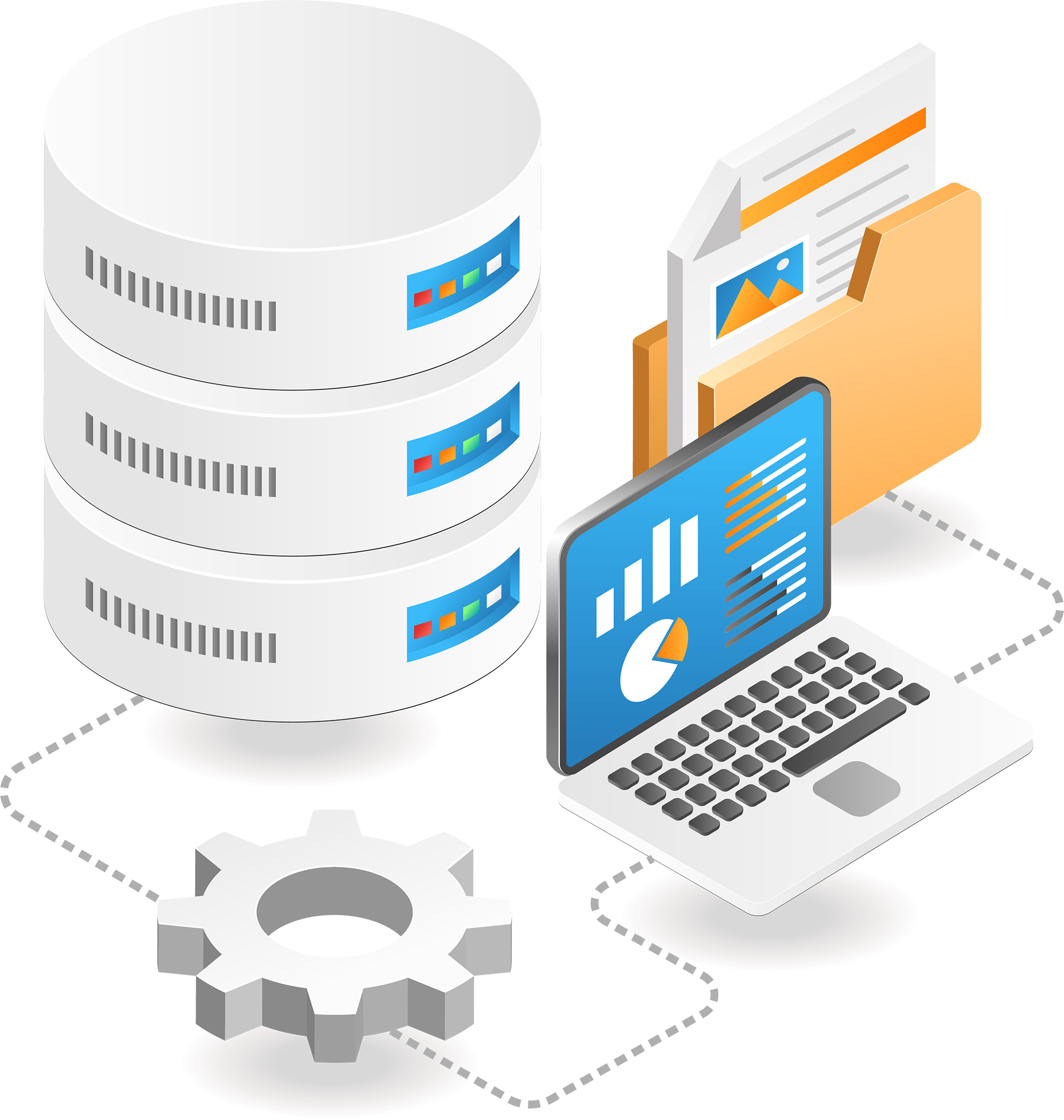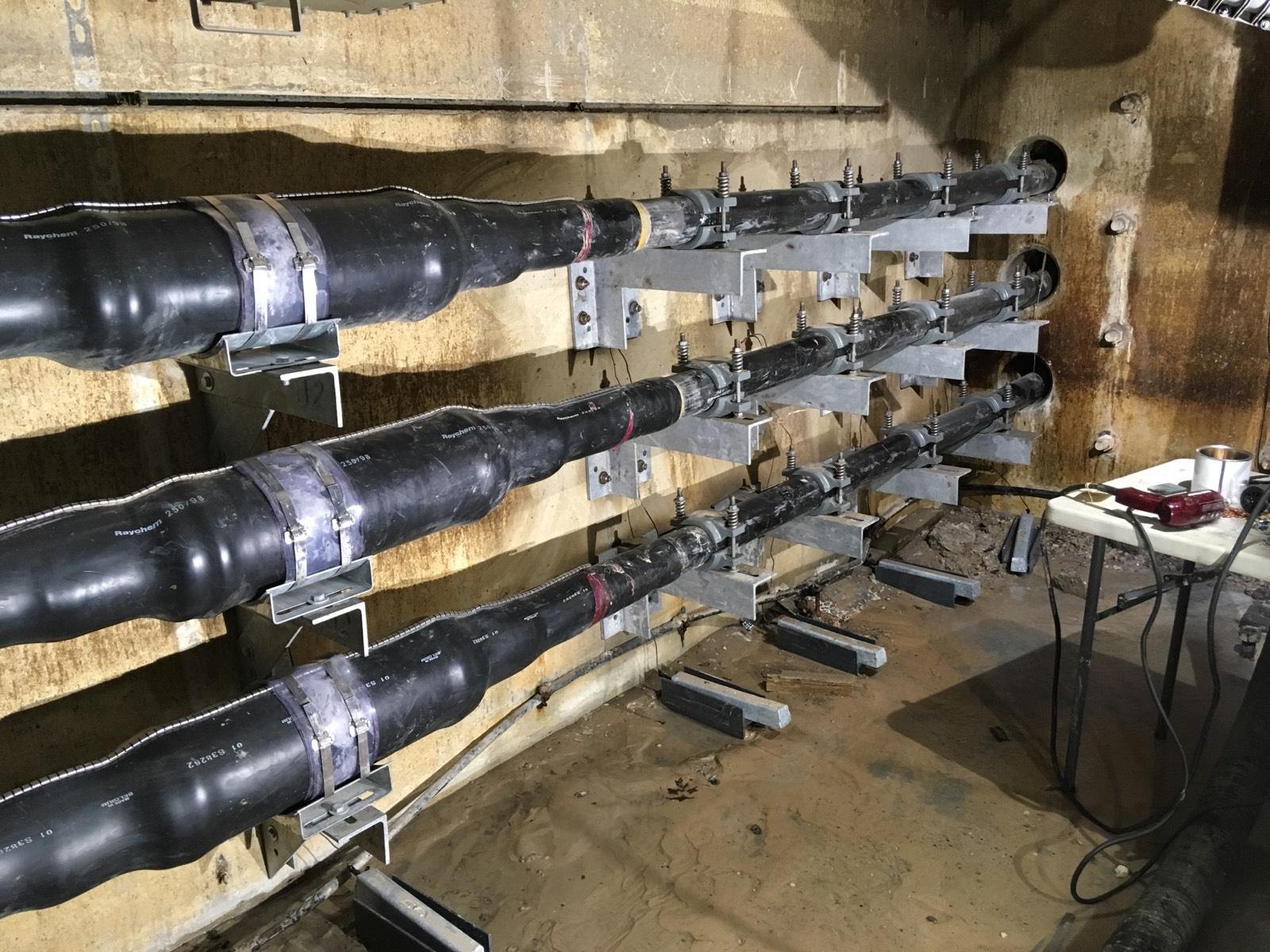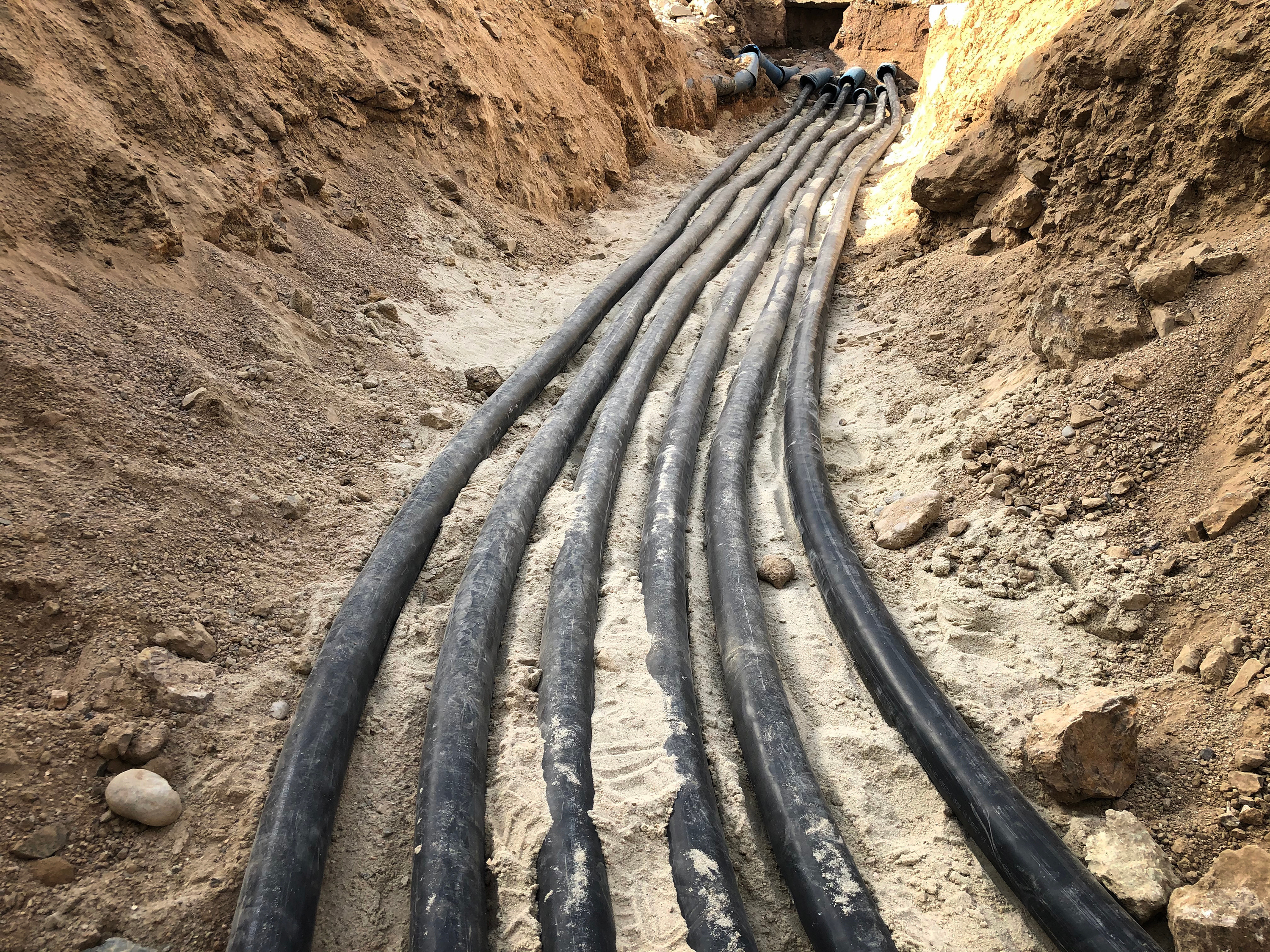1 - P34.001 Transmission Asset Management Analytics: Principles and Practices
Objective
Those responsible for transmission equipment, such as maintenance and asset managers, need a deep understanding of asset and risk management principles. This project aims to provide utilities with the necessary concepts and tools to implement best practices, tackle challenges, and stay updated on key asset management issues.
This project provides:
- Artificial intelligence (AI) model knowledge performance assessments by benchmarking the responses of various available models against sets of technical questions and answers prepared by domain experts
- Guidelines for developing and assessing the maturity of transmission asset management programs
- Education on applied analytics to improve asset management and maintenance
- Scouting of emerging technologies for further investigation and possible demonstrations:
- Analytical techniques for asset management, such as image analysis, large language models, and artificial intelligence
- AI-enabled enterprise-wide asset health or asset management platforms
- Forums for utilities to exchange information, experiences, best practices, and lessons learned
Research Value
The project plans to provide:
- Technical resources for information on overarching asset management principles and examples of processes and practices for effective and efficient implementation
- Implementation guidance to help members effectively incorporate best practices into their asset management operations
- Forums for knowledge sharing among members
- Characterization of the potential applications of emerging analytical techniques for asset management
- Knowledge to aid selection and adoption of enterprise-wide asset health platforms
- Guidance on implementing EPRI analytics in AI-enabled enterprise-wide asset health and asset management platforms
- Aids in workforce development and integration of new or early-career employees
Public benefits from this research may provide improved quality of service from a reduction in unplanned outages and costs, better utilization of capital, and improved customer satisfaction and service availability.
Approach
Large Language Model Benchmarking aims to develop and implement an automated series of tests to gauge the effectiveness of various available large language models’ knowledge abilities by benchmarking their performance against sets of curated technical questions and answers prepared by EPRI and utility domain experts. Questions addressing various power delivery topics involving calculations, multiple-choice selections, and interpretation of imagery may be included.
Asset Management Guide aims to enhance and update a comprehensive reference explaining asset management principles and the specific issues associated with implementing asset and risk management in transmission utilities. Utilities can use the guide to help structure or enhance their asset management programs.
Asset Management Maturity Assessment White Paper. Based on the Asset Management Guide, EPRI has developed a methodology to assess the maturity of a transmission utility’s current asset management program implementation. This task intends to develop a white paper that outlines the assessment objectives, attributes assessed, and the overall assessment process, and provide anonymized example results of assessment and gap analysis and recommendations on how to bridge them.
Scouting of emerging technologies for further investigation and possible asset management application demonstrations. Emerging techniques in the field of natural language processing, large language models, image analysis and artificial intelligence for asset management may be pursued. Planned 2026 tasks are:
- Guide discussions with members to assess what problems and data could benefit from the use of emerging analytical techniques
- Conduct literature review and background research to understand select techniques with the emphasis on how emerging analytical techniques can allow utilities to extract insights for transmission asset management
AI-Enabled Asset Health and Asset Management Systems Interest Group: A forum for exchanging information, experiences, and lessons learned; identifying knowledge gaps, needed capabilities, and research topics; and exploring new AI-enabled tools and methodologies for enhancing asset health indices, analytics, and overall asset management. AI topics covered may include predictive maintenance systems, anomaly detection, health monitoring, image analysis, large language models, and optimization algorithms.
Asset Management and Applied Analytics Workshops: EPRI plans to conduct an in-person workshop to facilitate information exchange and promote industrywide collaboration and discussion on important concepts and techniques for asset management.
- Discuss current and emerging industry issues where analytics can help
- Utility presentations sharing ongoing (or planned) efforts
- Increase awareness and facilitate adoption of ongoing EPRI research
- Exchange ideas and network with peers
- Possible workshop topics may include:
- Introduction to asset management
- Overview of core asset management techniques, such as basic probability and statistics or survival analysis
- Emerging analytical techniques, such as artificial intelligence
- Asset management program governance
Anticipated Deliverables
| Deliverable |
Date |
| Tech Brief: Large Language Model Benchmarking Results |
12/31/2026 |
| New Version Asset Management Guidelines Delivered through the Transmission Resource Center |
12/31/2026 |
| Whitepaper: Transmission Asset Management Maturity Assessment Overview |
12/31/2026 |
| Tech Brief/Webcast: Emerging Analytics Readiness Assessment |
12/31/2026 |
| Tech Transfer: AI-Enabled Asset Health and Asset Management Systems Interest Group Proceedings |
12/31/2026 |
| Tech Transfer: Applied Asset Management and Analytics Workshop Proceedings |
12/31/2026 |
2 - P34.002: Substations Asset Data Analytics
Objective
The data, analytical tools, and models for substation equipment risk assessment and management require ongoing development to maximize their value. This project aims to develop artificial intelligence (AI)-driven tools and statistical models to extract condition assessment, diagnostics, and monitoring information from:
- Expert knowledge
- Industrywide substation asset performance data, including maintenance, condition assessment, and failure histories
- Images
- Time-series data (e.g. from online monitors)
- The latest AI and statistical modeling tools and techniques are explored and leveraged where possible to extract maximum value from existing data sets. The results will provide utilities with new knowledge and data vital for effective asset maintenance and management that can be integrated into a comprehensive decision support framework.
Research Value
The research aims to assist substation asset managers and maintenance personnel in making more informed decisions with:
- More effective use of existing infrastructure and available data
- Early identification of type issues, reducing unplanned outages
- Improved reliability and availability using analysis based on actual asset health and risk to determine maintenance actions
- Reduced reliance on time-based maintenance
- Improved capital planning decisions based on industrywide equipment performance and failure data
- Reduced unplanned expenses and increased benefits and value of planned work
Public benefits of this research support the continued reliability of affordable electric services and a reduction of adverse environmental impacts.
Approach
The project’s research tasks are organized in four categories: Circuit Breaker Analytics, Transformer Analytics, Balance of Substation Analytics, and Overall Substation Asset Analytics.
Circuit Breaker Analytics Tasks

Circuit Breaker Population Performance Metrics Based on Industrywide Data aims to compile and analyze in-service, maintenance, outage, replacement, and failure data on different types of circuit breakers from member utilities. The results could provide insights for better-informed decisions regarding maintenance program development; task and timing selection; benchmarking comparison among utilities and breaker makes and models; replacement decision support; and specification and selection of new breakers. Researchers aim to further refine and update metrics and processes for mining and analyzing these data.
In 2026, the project plans to:
-
Continue to populate the circuit breaker industrywide database with breaker performance data from member utilities.
-
Perform investigations, including AI-powered data mining and pattern recognition, to extract actionable information such as:
- Temporal relationships between corrective and preventive maintenance
- Predictive analytics to forecast maintenance needs and optimize maintenance schedules.
- Maintenance-age correlations
- Performance variations and common maintenance issues among breaker families considering age, operational conditions, and environmental factors
- Historical replacement rates by breaker types and models to aid capital and spares planning
-
Perform comparative analysis of individual utility data with industrywide data where possible. Report findings to the individual utility, with data from other utilities anonymized and aggregated.
-
Develop and share a consolidated, anonymized, and aggregated report on breaker performance data with members.
Circuit Breaker Corrective Maintenance Taxonomy proposes to enhance and update the maintenance task terminology hierarchical schema and standardize such terminology for utilities to utilize for extracting information from free-form text records to categorize and organize maintenance work orders in a consistent, analysis-ready manner. The schema also provides a logical framework that utilities can use to drive uniform data recording practices.
Circuit Breaker Families intends to enhance and update the schema and standardized terminology to group similar breaker models into families to support improved analysis of patterns, trends, and comparisons of maintenance requirements and operational performance among breaker groups.
Computer-Assisted Circuit Breaker Work Order Categorization develops and delivers a new version of the generic classification tool that utilities can use to process and categorize freeform comments in inspection and maintenance work orders using the standardized corrective maintenance taxonomy.
Use of Relay Event Data to Better Understand Breaker Fleet Operating Performance proposes to continue the development of methods to analyze relay event data to better characterize circuit breaker fleet performance. In 2026, researchers intend to:
-
Obtain and process additional utility-supplied relay event and breaker demographic data
-
Investigate the data to identify patterns that identified individual breakers that deviate from normal or have patterns that indicate operational deficiency
-
Using identified patterns, develop algorithms that can automatically analyze relay event data to:
- Help determine if current operation is acceptable, given the historical operations
- Predict if future operation will be unacceptable
- Provide maintenance triggers
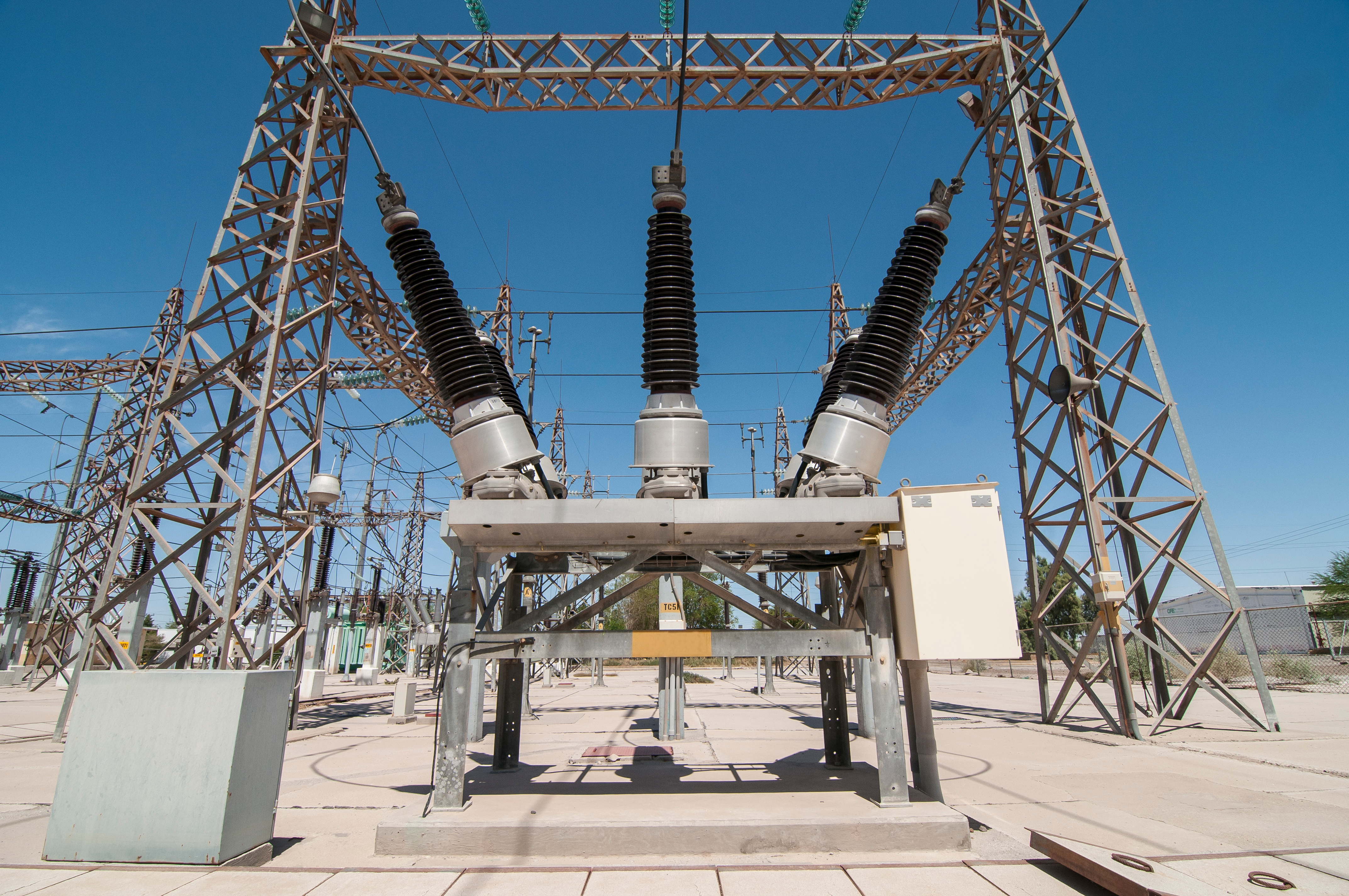
Circuit Breaker Risk Ranking Software is a risk-based tool for circuit breaker fleet management that can help optimize maintenance, increase reliability, and support capital planning. The software leverages readily available performance data and advanced algorithms to calculate a breaker’s relative ranking and need for maintenance or replacement.
In 2026, researchers intend to:
- Incorporate lessons learned from implementations across circuit breaker fleets from U.S. and international utilities
- Expand algorithms to include new inputs such as relay event and monitor data and results from the analysis of industrywide circuit breaker data
- Provide an improved user interface that allows utilities to easily input and validate data
- Improve visualization by adding new metrics and graphics
- Issue an updated version of the software
- Provide application guidelines for implementation and guidance on the interpretation and utilization of results
- Share best practices and insights derived from the use of the tool
These tasks represent a large body of research effort aimed at deriving quantitative assessment of a power transformer’s present condition and potential incipient fault risk leveraging existing data streams. The research effort couples leading data analytics with deep subject matter expertise to provide defensible assessments while exploring emerging technologies such as machine learning (ML) and AI.
Advanced Analytics for Power Transformer Condition Assessment intends to investigate advanced AI/ML and statistical models for application to power transformer condition assessment, diagnostics, and monitoring. Leveraging EPRI’s expertise and data contributed by utilities, the focus will be to develop the next generation of transformer analytics that might yield quantifiable improvements and advantages over present-day analytics. Any developed models that are suitable for operational use will be incorporated into the Power Transformer Expert (PTX) software. This work will build on present efforts to explore whether probabilistic graphical models or deep learning architectures yield quantifiable benefits or notable advantage over present methods for interpreting dissolved gas analysis (DGA) data.
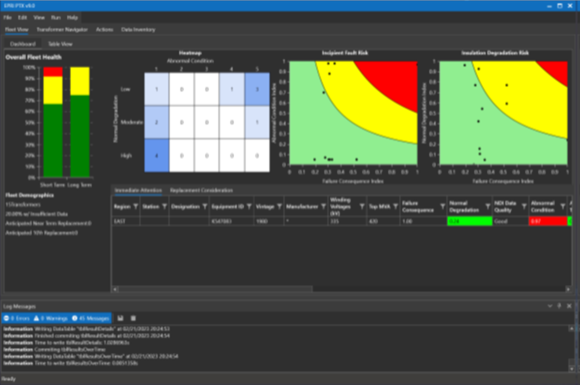
Power Transformer Expert System (PTX) plans to continue development of PTX, a software implementation of EPRI’s transformer fleet management analytics. PTX is the embodiment of decades of research and continues to provide users with a readily applied implementation of the methods, models, and insights generated through the P34 research program. Continuous efforts are intended to improve the diagnostic performance of existing algorithms (main body, load tap changer algorithms; rules that account for susceptibility to through-faults; and the ability to analyze data from online DGA monitors). New research aims to:
-
Better leverage real-time data sources and online monitors to provide more timely assessments of present condition with a minimum of false positives
-
Develop additional software enhancements to improve usability and ease of integration with existing enterprise systems
-
Continue development of the PTX Application Guide, providing comprehensive guidelines for power transformer asset management decisions informed by PTX analysis

Online Monitoring Assessment and Interpretation continues EPRI’s development of algorithms and models to extract maximum insight from real-time or near real-time data streams from deployed online monitors and sensors. The nature of this data necessitates unique approaches that combine the expert knowledge EPRI has developed through decades of power transformer research with advanced mathematical techniques. Building upon prior research efforts, this new research aims to:
-
Develop improved trending and interpretation methodologies for use with online DGA monitors (including monitors that utilize a subset of the key gases). Particular attention will be given to ensure robustness in the event of data anomalies (communication dropouts, measurement errors, etc.).
-
Use of temperature sensors and load data to improve situational awareness, understand transformer utilization, and project insulation degradation.
-
Develop models or algorithms for leveraging moisture measurements to better predict bulk insulation moisture content and better assess risks and degradation modes related to elevated insulation moisture content.
-
Evaluate the potential benefit of analytics utilizing additional online sensors, such as bushing monitoring technologies, for asset management decision making.

Power Transformer Population Performance Metrics Based on Industrywide Data compiles and analyzes in-service, historical failure, and retirement data; maintenance records; and test data on transformers and tap changers in a common format using information provided by U.S. and international utilities. These datasets and advanced statistical analysis techniques are used to better understand current performance, project future performance, and inform other research tasks. Tasks include:
-
Continue to populate the transformer industrywide database with performance data from new members and update data from members who previously shared data.
-
Continue to develop age-related hazards for key groups of power transformer populations. These hazards may be used to assess the performance for select groups and to plan capital and spare policies for these groups.
-
Perform comparative analysis of individual utility data with industrywide data where possible. Report findings to the individual utility, with data from other utilities anonymized and aggregated.
-
Develop and share a consolidated, anonymized, and aggregated report on power transformer performance data with members.

Power Transformer Maintenance Trends and Insights proposes to develop a framework and taxonomy for recording maintenance activities for power transformers. Data from participating utilities will be gathered and analyzed leveraging this framework to produce insights into key maintenance activities and identify areas of high expenditure and opportunities for risk-driven allocation of maintenance resources. The project also proposes to enhance and update the maintenance task taxonomy for utilities to utilize for extracting information from free-form text records to categorize and organize maintenance work orders in a consistent, analysis read manner. The taxonomy also provides a logical framework that utilities can use to drive uniform data recording practices.
-
Collect maintenance records (work orders) and categorize available records utilizing the developed taxonomy
-
Analyze categorized work order data to better understand maintenance issues affecting transformer performance (e.g., oil leaks, tap changer problems, cooling system performance, and test data)
-
Issue reports summarizing the research developments and their applications as a decision support tool for asset managers, insights on transformer aging and failure, and utility use cases
Balance of Substation Analytics Tasks
Substation Battery Performance Assessment intends to compile and analyze utility-supplied substation battery data, such as demographic information, inspection, and test results. The goal is to develop appropriate analytic approaches that provide early indication of battery degradation, identify maintenance trends, replacement and failure rates, and other performance metrics.
Researchers aim to:
-
Work with members to obtain demographic, inspection, and maintenance data
-
Issue reports that summarize the developments and their applications for decision support, insights on select population battery performance, and utility use cases
Protection and Control Asset Management proposes to support efforts to assess protection and control asset performance and define requirements for utility-supplied data to ensure it is suitable for developing metrics and risk-based analytics. In 2026, researchers plan to gather more utility data, develop and apply new performance metrics, and enhance the EPRI asset management framework for protection and control assets.

Balance-of-Substation Performance Metrics Based on Industrywide Data aims to extend the industrywide data (IDB) collection concept beyond transformers, batteries, relays, and breakers to other equipment, such as disconnect switches, capacitor banks, instrument transformers, bushings, and arresters. The goal is to utilize the collected data to develop analytics to better understand balance-of-substation asset performance, failure and replacement rates, and maintenance trends. Efforts will be made to:
-
Continue to populate the balance-of-substation IDB by collecting in-service, historical maintenance, replacement, and failure data
-
Develop new metrics and analytics with the goal of enabling utilities to make better informed maintenance, repair/replacement, specification, and selection decisions
-
Investigate the utilization of performance metrics in the development of fleet management approaches
-
Issue reports summarizing the developments and applications for decision support for asset managers, insights on equipment performance, and utility use cases
Overall Substation Asset Management Tasks
Data Specification for Substation Asset Performance Analysis intends to provide guidance on the types of data that are useful for asset management analytics and deliver a catalog of substation asset characterization data, including demographic and condition assessments, which are useful as inputs to EPRI analytics, and the formats required by those analytics. Anticipated are review and update of data models and definitions for transformers, circuit breakers, disconnect switches, instrument transformers, batteries, electromechanical, solid-state and digital relays, and capacitor-coupled voltage transformers.
Substation and Bay Risk Assessment intends to develop analytics for substation bay and complete substation risk metrics by combining risks associated with individual equipment assessments. The goal is to provide guidance for making decisions across assets and to analyze multiple asset life-cycle costs. Building on EPRI’s development of risk-based models for substation equipment fleet management, this effort aims to develop data models and analytics that combine condition information with a fundamental understanding of the substation equipment to provide decision support for improved performance and asset and risk management. Researchers plan to solicit cooperation with utility advisors and conduct initial development through supplemental efforts.
Anticipated Deliverables
| Deliverable |
Date |
| Circuit Breaker Asset Management Analytics: Data Requirements, Family Groupings, and Maintenance Taxonomy (Technical Update) |
December 2026 |
| Actionable Insights to Aid Procurement, Maintenance, and Replacement Decisions Based onAnalysis of Industrywide Circuit Breaker Data (Technical Brief, Webcast, andResults on TRC) |
December 2026 |
| Computer-Assisted Analytics to Categorize Circuit Breaker Maintenance Work Orders (Analytical Tool & Application Guide) |
December 2026 |
| Circuit Breaker Risk Ranking Framework (Software & Application Guide) |
December 2026 |
| Using Relay Event Data to Better Understand Breaker Operating Performance and Patterns (Technical Update & Webcast) |
December 2026 |
| Advanced Analytics for Power Transformer Condition Assessment (Technical Brief &Webcast) |
December 2026 |
| Improved Assessment, Analysis, and Interpretation of Data from Online Monitors and Sensors(Technical Brief and Results on TRC) |
December 2026 |
| Actionable Insights to Aid Procurement, Maintenance, and Replacement Decisions Based on Analysis of Industry wide Power Transformer Data (Technical Brief, Webcast,and Results on TRC) |
December 2026 |
| PowerTransformer Expert System Software (Software & Application Guide) |
December 2026 |
| Actionable Insights to aid Procurement, Maintenance, and Replacement Decisions Based on Analysis of Industry wide Substation Battery Data (Technical Brief, Webcastand Results on TRC) |
December 2026 |
| Protection and Control System Asset Management Metrics (Technical Update) |
December 2026 |
| Development and Application of Analytical Approaches to Aid Allocation of Resources Across Substation Assets (Utility Information Exchange) |
December 2026 |
| Data Specification for Substation Asset Performance Analysis (Technical Update) |
December 2026 |
3 - P34.003: Overhead Transmission Asset Data Analytics
Objective
Overhead transmission (OHT) systems present unique asset management challenges due to their significant capital costs, large and geographically dispersed footprint, public-facing profile, and vital function of moving bulk power within and among utilities. This project intends to address these challenges and help utilities make good asset life-cycle management decisions by increasing transmission system business intelligence capacity, developing decision support tools and methods for overhead transmission systems and individual components, and applying new insights and inferences extracted from analysis of asset data such as inspection, condition assessment, and maintenance history. The project aims to:
- Receive utility data; organize and curate the received data
- Design, develop, and update data models
- Develop and populate databases using developed data models and extracted information from utility-supplied datasets
- Analyze database content; assess and understand factors and variables influencing asset performance
- Develop metrics to quantify existing performance
- Develop methodologies and tools to assess performance and risk
These elements are meant to be integrated into a comprehensive decision-support framework.
Research Value
Research results provide utilities with new knowledge and information vital for effective asset maintenance and management, including:
- Analysis-based risk-informed decision making supported by sound technical basis
- Improved capital planning, inspection, and maintenance prioritization
- More efficient use of maintenance resources to manage operational risk
- Early identification of component type issues, reducing unplanned outages
- Reduced unplanned expenses and increased benefits and value of planned work
- More effective use of existing infrastructure and data
- Improved data quality and value from using consistent data formats suitable and useful for overhead transmission asset analytics
Public benefits from this R&D may include improved quality of service from a reduction in unplanned outages and costs, better utilization of capital, and improved customer satisfaction and service availability.
Approach

Transmission Line Risk Ranking (TLRR) Software plans to continue development of the generic software implementation of EPRI’s risk-based ranking framework for OHT systems, considering both individual components (such as conductors, structures, insulators, and arresters) and the overall line (such as length, environment) as an integrated system of components. TLRR intends to support overhead transmission line and component fleet management decisions to help optimize maintenance, increase reliability, and support capital planning. The software uses readily available utility data (e.g., condition assessment results, maintenance records, asset demographic information), degradation research, subject matter experience, and advanced algorithms to calculate a line or component’s relative ranking and need for maintenance or replacement. Efforts in 2026 intend to:
- Develop additional software enhancements to:
- Refine algorithms to incorporate new metrics developed and lessons learned from utility implementations
- Investigate how to incorporate useful data sources such as geospatial and images
- Improve usability
- Continue development of the TLRR user manual to provide guidance on the type of input data required to utilize the TLRR software and how to use the software.
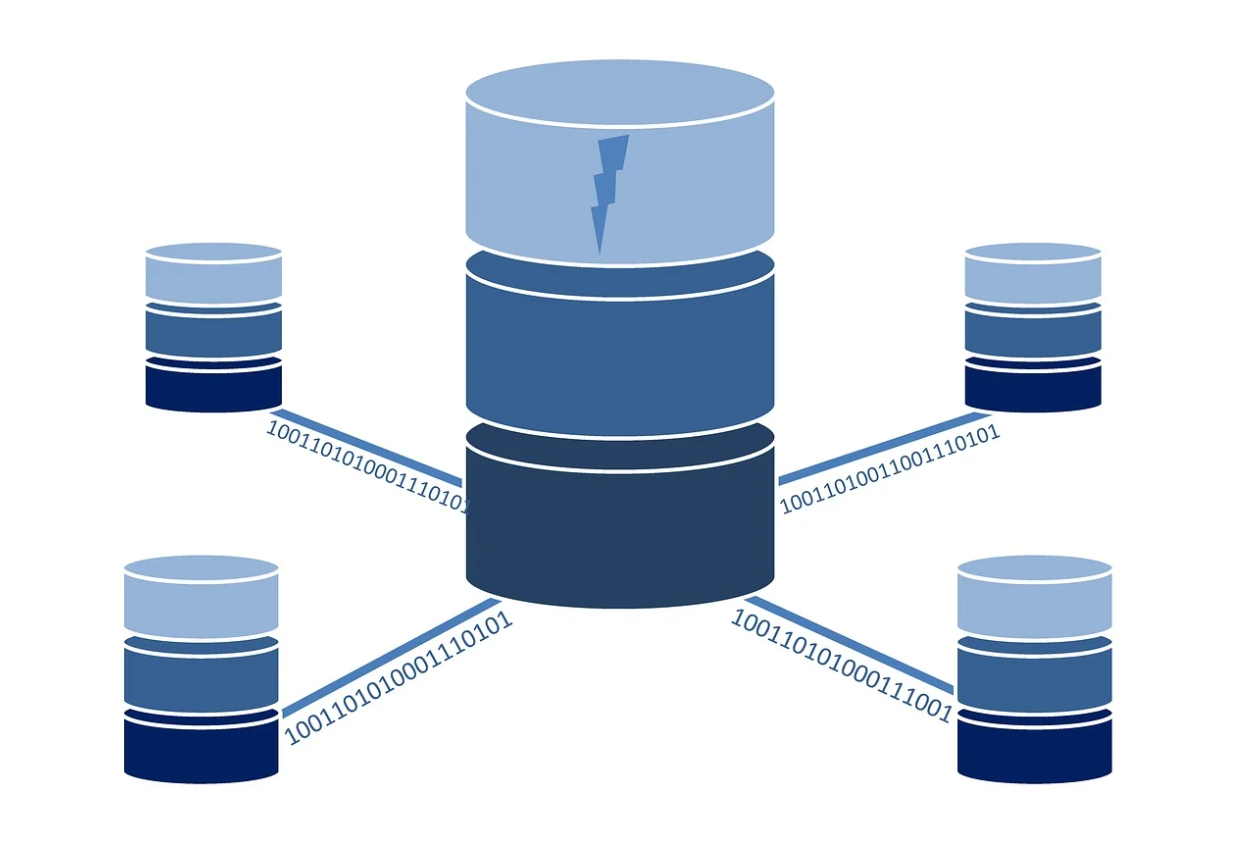
Overhead Transmission Line Performance Data Model intends to continue development of the data models for required input data to utilize TLRR software and/or feed into the industrywide database for calculating line and component performance metrics.
Overhead Transmission Line Performance Metrics Based on Industrywide Data intends to compile and analyze transmission line inspection and maintenance data from member utilities. The results could provide insights for better-informed decisions regarding inspection and maintenance program development; task and timing selection; benchmarking comparison among utilities; and replacement decision support.
In 2026, the project plans to:
- Continue to obtain transmission line inspection and maintenance data from member utilities
- Perform investigations, including AI-powered data mining and pattern recognition, to extract actionable information such as affected components, defects, severity, location, application (e.g., dead-end vs. tangential structures, suspension vs. compression insulators)
- Develop a consolidated, anonymized, and aggregated report on transmission line component performance data
- Incorporate results in TLRR development

Overhead Transmission Line Corrective Maintenance Taxonomy proposes to develop the maintenance task terminology hierarchical schema and standardize such terminology for utilization in extracting information from free-form text records to categorize and organize maintenance work orders in a consistent, analysis-ready manner. The schema also provides a logical framework that utilities can use to drive uniform data recording practices and as part of work management system specifications.
Analytics for Fleet Management of Transmission Line Wood Poles and Metal Structures plans to investigate and develop population performance metrics based on maintenance and condition assessment data for transmission line structures. The analytics are developed using results from utility-supplied maintenance, replacement, and demographic data; subject matter expert experience; and other inputs such as operating environment. The analytics may lead to the development of population survival models and other metrics. The results could be applied to plan capital and maintenance investments, prioritize inspections, and develop risk-mitigation strategies (e.g., wildfires, extreme weather events, etc.). Planned efforts in 2026 include:
- Continue collection and processing of industrywide wood pole and steel structure fleet inspection, replacement, and demographic data.
- Continue development of analytic techniques to better understand the survival performance of wood pole and steel structure populations and the effect of variables such as service age, species/material, original treatment type, remediation, environment, inspection providers, design specifications, etc.
- Incorporate results in TLRR development
- Investigate analytics to quantify the relationship between the occurrence of storm-damaged poles or structures and prior condition. Results may be useful for establishing special replacement criteria for certain locations, upgrading replacement pole class, and changing inspection type/frequency.

Applying Geospatial Data for Overhead Transmission Asset Management plans to investigate how to better incorporate publicly available and readily accessible geospatial data (e.g., wildfire, vegetation, climate, corrosion) in overhead transmission asset analytics. This may allow for deeper and more informative insights regarding risk factors associated with asset location. Efforts in 2026 intend to:
- Identify new high-value use cases
- Investigate advanced geospatial analytical techniques for utility applications
- Continue the investigation and publish an updated technical brief highlighting potential applications of value, best practices, as well as capabilities and limitations of these resources
- Identify new data sources useful for utility applications
Using Imagery for Overhead Transmission Asset Management Analytics intends to continue assessing the state of the image analysis science regarding the feasibility and practicality of using large image-based datasets to support and supplement existing analytical approaches of more traditional data sources (e.g., spreadsheets containing inspection records, maintenance records, demographic information). This work focuses on available data resources identification, data characterization, computation infrastructure requirements, and industry leading practices. Efforts in 2026 intend to:
- Continue working with members to identify high-value use cases
- Investigate performance of new open-source tools and models
- Coordinate with P34.001 tasks on scouting of emerging technologies and large language model benchmarking
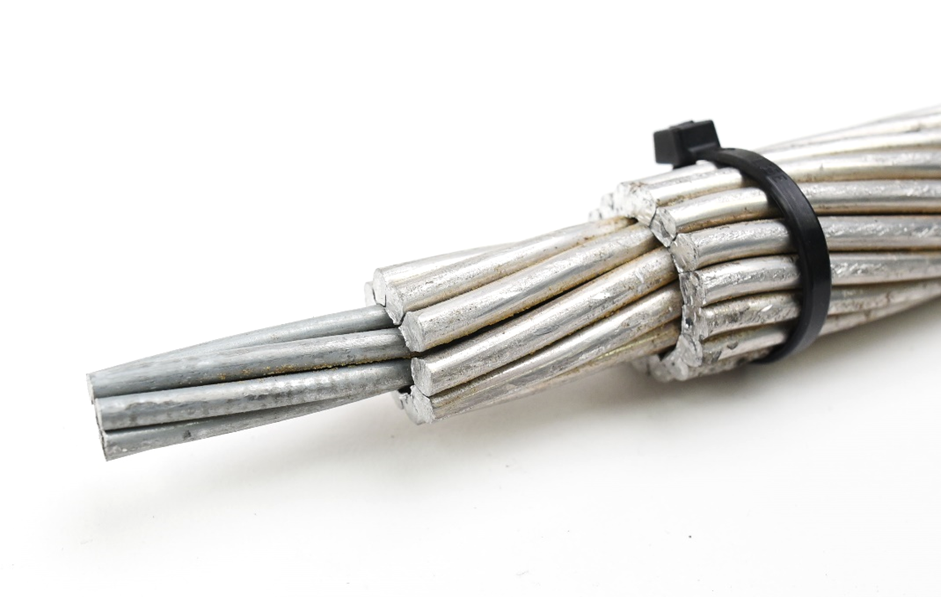
Analytics for Fleet Management of Transmission Line Conductors and Shield Wires proposes to continue the investigation and development of condition assessment analytics for transmission line conductors and shield wires. The analytics are developed using laboratory testing of utility-supplied field-aged samples or live line assessment results, replacement and demographic data, subject matter expert experience, and other inputs, such as operating environment. The analytics could lead to the development of survival models of conductor and shield wire populations. With sufficient data, the models can be applied to investigate population survival rates and plan capital and maintenance investments. EPRI can work with members through a one-on-one supplemental project to help collect field-aged samples and perform tests to initiate the collection of the data necessary for analytical model development. Efforts in 2026 intend to:
-
Continue collection of industrywide field-aged conductor and shield wire samples and data from laboratory condition assessments, replacement records, and demographic records
-
Continue development of analytic techniques to better model the degradation of conductors and shield wires and the effects of variables such as environment as data permits
Analytics for Fleet Management of Other Transmission Line Components aspires to investigate the development of population performance metrics for other transmission line components such as insulators and arresters. Key research questions and readily available data (inspection, failures, replacement, maintenance, test results, subject matter expert experience, operating environment, and other relevant EPRI research) will be identified with guidance from participating members to enable the development of suitable analytics. The development may lead to new knowledge for use in planning maintenance and capital investments, inspections, and replacement decisions.
Data Requirements for Overhead Transmission System Component Performance Analysis intends to enumerate and describe the types of data that have been found useful as inputs to EPRI fleet management analytics for transmission line components and present useful parameters and related examples or descriptions. These data have been useful in analyses to derive maintenance, replacement, and other asset management decision-support information. This report is intended to facilitate the data collection and sharing efforts and may also be used to inform stakeholders in less equipment- or operations-focused departments responsible for data storage at utilities.
Anticipated Deliverables
| Deliverable |
Date |
| Overhead Transmission Line Risk Ranking Tool (Software and User Manual) |
December 2026 |
| Overhead Transmission Line Risk Ranking Framework – Development and Demonstration (TechnicalReport) |
December 2026 |
| Overhead Transmission Line Performance Data Model and Metrics (Technical Report) |
December 2026 |
| Overhead Transmission Line Corrective Maintenance Taxonomy (Technical Report) |
December 2026 |
| Overhead Transmission Wood Pole Fleet Management (Technical Report) |
December 2026 |
| Overhead Transmission Steel Structure Fleet Management(Technical Report) |
December 2026 |
| Applying Geospatial Datafor Overhead Transmission Asset Management (Technical Brief) |
December 2026 |
| Using Imagery forOverhead Transmission Asset Management Analytics (Technical Brief) |
December 2026 |
| Overhead Transmission Conductor and Shield Wire End-of-Life Model Development (Technical Report) |
December 2026 |
4 - P34.004: Underground Transmission Asset Data Analytics
Objective
This project aims to provide improved understanding of underground transmission system (UGT) materials, component, and subsystem performance utilizing available data to support utilities in adopting asset management approaches and decision making by:
- Collecting and analyzing industrywide data on cable system inspection, periodic testing (e.g., dissolved gas in oil analysis, insulation tests, partial discharge), and outage and maintenance work
- Developing, populating, and extracting information from industrywide UGT equipment databases to help quantify cable system component historical performance
- Assessing and understanding factors influencing asset performance
- Developing methodologies to assess and predict UGT performance and risk
Research Value
This project aims to provide:
- More effective use of existing infrastructure and data
- Early identification of type issues, reducing unplanned outages
- Improved reliability and availability using analyses based on actual asset health and risk to determine maintenance actions
- Reduced reliance on time-based maintenance
- Improved capital planning decisions based on industrywide equipment performance and failure data
- More accurate and timely knowledge about asset condition and life expectancy
These benefits help utilities make better informed decisions. Public benefits from this R&D may include improved service reliability from a reduction in unplanned outages and maintenance costs.
Approach
Implementing analytics for underground transmission system components and systems is challenging in that historical performance data for components and systems is relatively sparse. Much of this is attributable to limited inspection and routine testing opportunities. Nonetheless, these cable systems are often critical assets and necessitate data-driven decision making. To that end, this project aims to identify opportunities where existing data can be leveraged, in conjunction with advanced data analysis and machine learning methods, to better understand cable condition and incipient fault risk. The success of this effort is predicated on member data contributions and active engagement.
The program includes several interrelated and complementary research efforts:
UGT Asset Characterization and Performance Data Collection plans to support the identification and collection of data needed to support asset management through the following tasks:
- Develop and update data models for capturing test, diagnostics, performance, and failure data for use in industry and utility database applications and performance analysis. These models include lists of what data should be collected and what kind of analyses and decisions can be supported. Data models and definitions have been developed in previous years for extruded, pipe-type, and self-contained cables, joints, and terminations. These data models and definition will be reviewed and updated. If needed, new UGT component data models may be developed.
- Work with member utilities to ensure that collection of equipment performance and failure data is performed in accordance with guidelines to ensure that the correct data are gathered and documented in the correct format for subsequent analysis.
Insights from the Collection and Analysis of Industrywide Failure and Performance Data proposes to collect and analyze industrywide asset component failure and performance data with the goal of developing metrics such as failure rates. The metrics may help utilities better understand component and subsystem performance (e.g., joint and termination defects; oil-filled cable leak rates, etc.), identify outlier designs and optimize maintenance, repair/replacement decisions, and specification practices.
Applying Artificial Intelligence and Advanced Data Science to Readily Available Data to Support Underground Transmission Asset Management intends to evaluate the applications of various data science and artificial intelligence techniques to analyze alarm, inspection, and maintenance records to extract data for developing new metrics that could be applied to analyze various types of underground cables and components. Assessing the present condition and failure risk of underground cable systems and components is challenged by the paucity of useful and timely diagnostic test and inspection data. Gaining timely insights into cable system condition will need to leverage a variety of data sources that generally will not contain information in a directly usable form. Advanced data science and artificial intelligence tools and methodologies will need to be utilized to extract pertinent information from unstructured text, imagery, scanned documents, or other data sources.
Underground Transmission Line Risk Screening Methodology Development aims to develop a conceptual framework for a risk screening methodology to support UGT asset management. The goal is to provide analytical approach for developing an assessment of the condition of underground cable circuits, considering both individual components (such as conductors, pipes, terminations, pumping stations) and complete lines as an integrated system of components. Using industrywide data from condition assessment and failure modes and degradation research, subject matter expert experience, and other inputs (make, model, manufacturer, operating environment), a practical, holistic approach to underground transmission line risk assessment will be investigated. The results of this assessment may be utilized to identify cable circuits for more detailed field testing and evaluation.
Anticipated Deliverables
| Deliverable |
Date |
| Tech Update: Guidelines for Underground Transmission Asset Performance Data |
December 2026 |
| Tech Update and Insights Shared Via Transmission Resource Center: Insights from the Collection and Analysis of Industry wide Failure and Performance Data |
December 2026 |
| Tech Brief and Webinar: Applying Artificial Intelligence and Advanced Data Science to Readily Available Data to Suppor tUnderground Transmission Asset Management |
December 2026 |
| Tech Brief: Underground Transmission Line Risk Assessment Methodology Development |
December 2026 |
